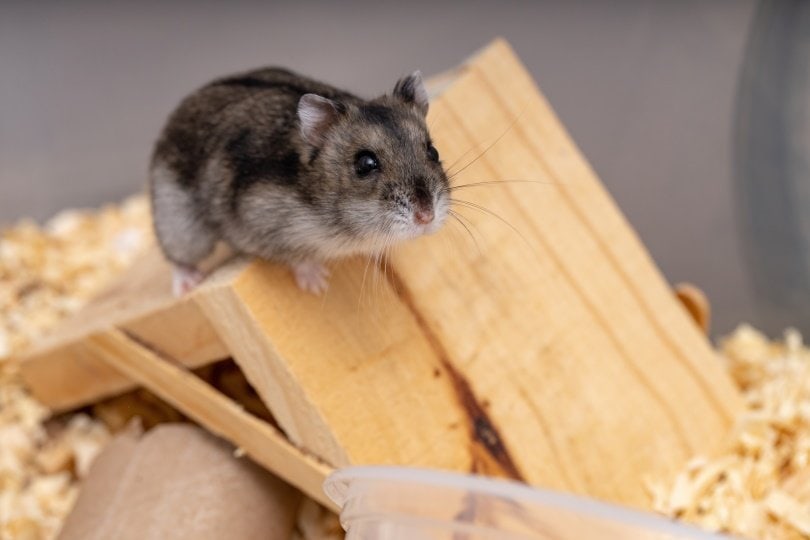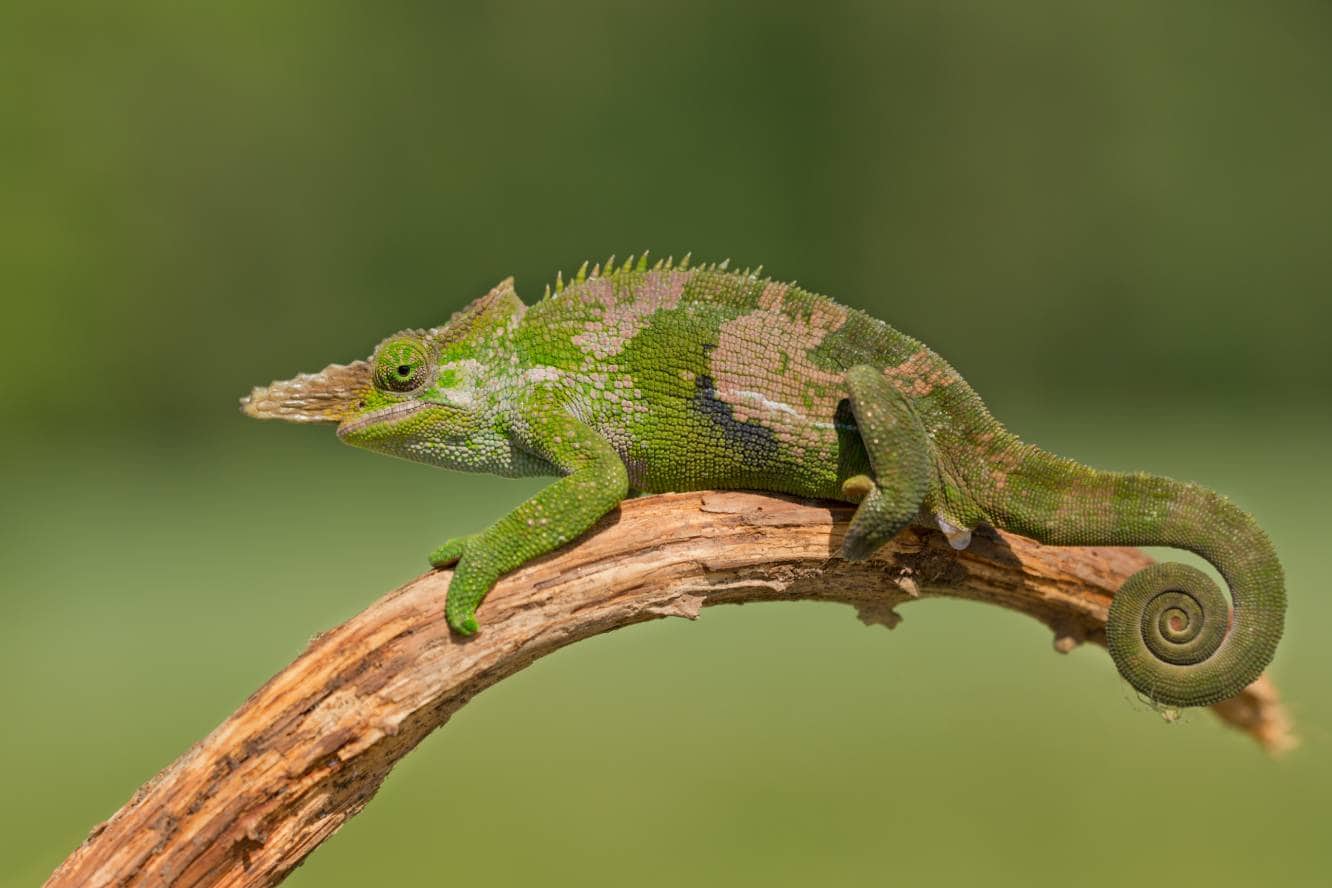Click to Skip Ahead
While Syrian Hamsters are currently popular and common pets in the US, they were actually initially regarded as a rare golden animal up until the mid-1900s. People used to only see glimpses of them in the wild, and they weren’t captured until 1930.
The original intent of capturing wild hamsters was for research. However, their population and popularity grew, and they eventually spread to all parts of the world to become one of the most favored small pets. Here’s the fascinating origin of the Syrian Hamster.

The First Capture of Hamsters in the 1930s
In the spring of 1930, a Jewish biologist by the name of Israel Aharoni staged an expedition to find a rare golden mammal with an Arabic name that roughly translates to “Mr. Saddlebags.” Through word of mouth, he was able to pinpoint a location that had sightings of hamsters.
The hamsters were supposedly spotted in a farmer’s field, and Aharoni and his team started digging in hopes of finding some hamsters. Once they had dug about 8 feet deep, they found a hamster nest containing a mother hamster and her 10 pups. These hamsters were the first Syrian Hamsters to be discovered and kept by Aharoni.
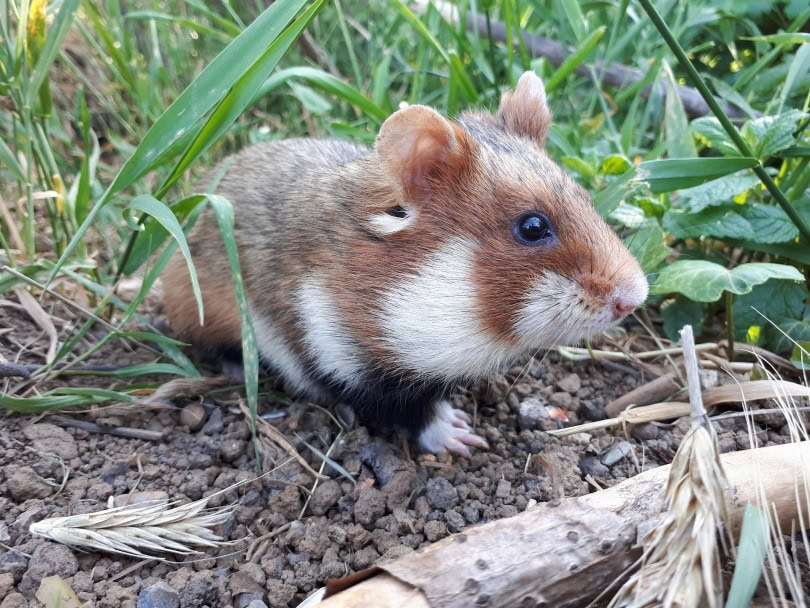
The Domestication of Hamsters
Transferring and keeping the original Syrian Hamsters proved to be difficult. There was very little prior knowledge of hamster behavior. So, once the hamsters were relocated to a box to be transported to a research lab, the mother started to eat her young. She was unfortunately killed to prevent any more hamster pups from getting eaten.
Raising the pups was a challenge as they were still young and had unopened eyes. They relied on their mother’s milk and had to be hand-fed. 9 out of the 11 hamsters that had been discovered on the expedition made it back to Aharoni’s lab.
Hand-feeding the pups was taxing work, but they eventually grew. However, when they became slightly older, they chewed through the wooden box that they were kept inside and five escaped and were nowhere to be found.
The remaining four hamsters also proved to be a challenge. Not knowing that hamsters can display cannibalistic behaviors under stress and nutrient-deficient diets, they were kept in the same enclosure. The last remaining male hamster ate one of the female hamsters, and Aharoni was led to separate all the hamsters after this incident.
Aharoni did end up having a stroke of luck when he placed one female hamster in a wooden box filled with hay. Once she was comfortable and settled in, he introduced the male hamster. They eventually mated, and Aharoni had another litter of hamster pups in his possession. This original hamster pairing alone had 150 offspring, and thousands more Syrian Hamsters were born from all the offspring.
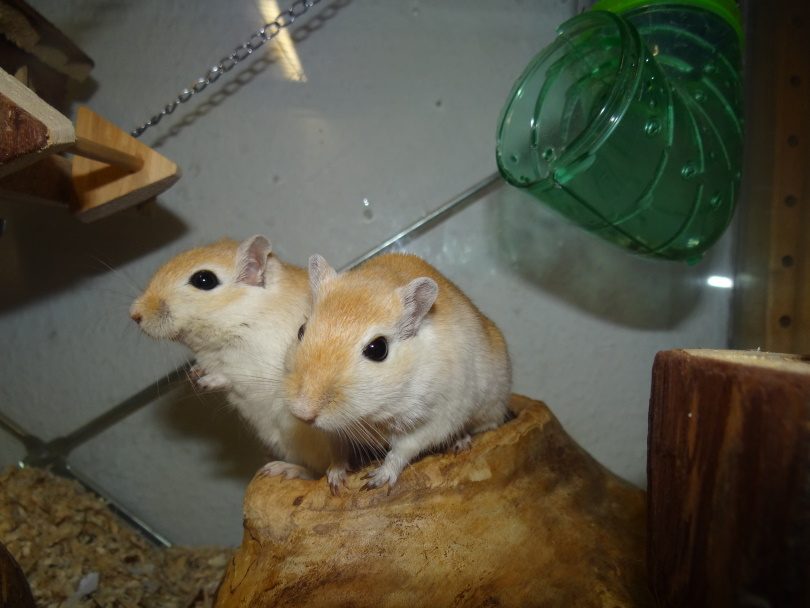
Domesticated Hamsters Today
The most common species of domesticated hamster is the Syrian Hamster. Interestingly enough, the lineages of nearly all domesticated Syrian Hamsters trace back to Aharoni’s hamsters.
The abundance of hamsters in Aharoni’s lab led to them becoming pets in the surrounding area. Some were even smuggled and transported to other parts of the world.
Because these hamsters are inbred, many have heart conditions, like dilated cardiomyopathy, and heart disease. However, these conditions made them subjects of interest to researchers, and they helped propel a greater understanding of heart conditions for humans.
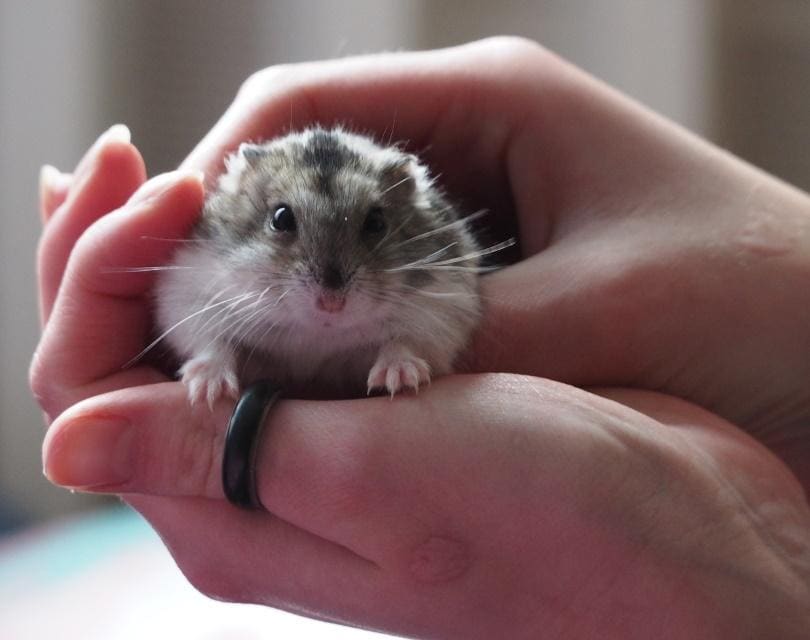

Conclusion
It’s been nearly a century since the first Syrian Hamsters were found and domesticated. While wild Syrian Hamsters still remain a rare sighting, domesticated Syrian Hamsters are now one of the most popular small pets in the world. Though they may be small, they helped make large contributions to scientific research and have made quite an impact on human society. It’s pretty safe to say that our world wouldn’t be the same without these tiny animals.
See also:
- Syrian Hamster vs Dwarf Hamster: The Differences Explained
- Where Do Hamsters Live in the Wild? Interesting Facts & FAQs
Featured Image Credit: Vinicius R. Souza, Shutterstock
